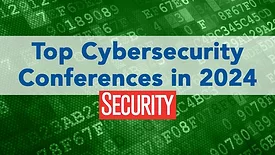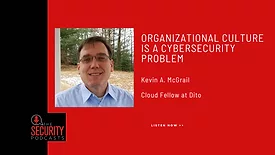Home » Keywords: » cyber security awareness
Items Tagged with 'cyber security awareness'
ARTICLES
The Security Podcasts
Organizational culture is a cybersecurity problem
Listen to Kevin A. McGrail, Cloud Fellow at Dito, in the latest Security podcast episode.
November 30, 2022
Sign-up to receive top management & result-driven techniques in the industry.
Join over 20,000+ industry leaders who receive our premium content.
SIGN UP TODAY!Copyright ©2025. All Rights Reserved BNP Media.
Design, CMS, Hosting & Web Development :: ePublishing


.webp?height=168&t=1702406180&width=275)








.webp?height=168&t=1668540589&width=275)

